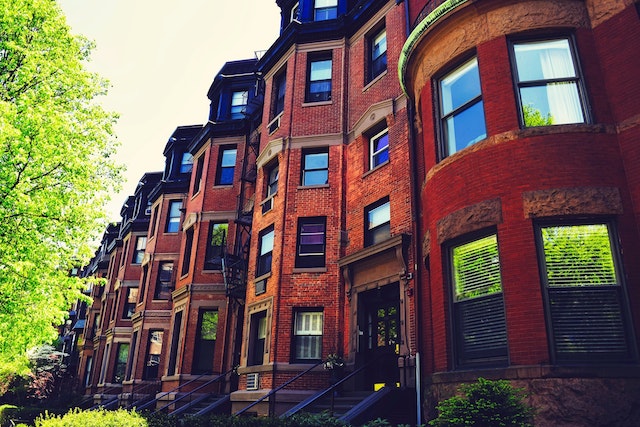The phrase “George Washington slept here,” a reference to a long-ago play and motion picture, has also been used, tongue-in-cheek style, in connection with any property that might have historical significance.
But what if that is really the case? What if George Washington (or, for that matter, Gen. George Patton, or George Santayana) really did sleep in your multifamily property? What do you do then?
First things first: Let’s define what a historic place is. According to houselogic.com it is usually a property that is at least 50 years old, though there are exceptions. The example offered was that of the Lorraine Hotel in Memphis, where Dr. Martin Luther King Jr. was assassinated in 1968. The motel, since converted to a Civil Rights Museum, was just 43 years old at the time of his murder.
Determining the age of a home is normally a matter of public record, though it could require further research — perhaps even a visit to your State Historic Preservation Office (SHPO), as suggested by historicnewengland.org, since those offices tend to document historic properties. In some cases dendrochronology — a scientific method that can determine the age of wooden timbers by analyzing the tree rings — is required.
SHPO staffers, who have a deep knowledge of a state’s history, can help property owners with the process of nominating their property for the National Register of Historic Places, if need be; houselogic.com also suggests that more research on the part of the owner — as much as five hours a week for two months — might be required.
According to nh.gov, inclusion on the National Register is an honorific and by itself imposes no restrictions on the property owner. Nor does it exempt a property owner from access, building and safety codes, nor mandate that the property be preserved in the future.
Those seeking stricter rules about what can and cannot be done to a house, houselogic.com notes, may want to consider a local designation; in Chicago, for instance, that can be done through the historic preservation page on the city’s website. It is also possible to earn a state historic designation, which according to the same site is not usually as restrictive as a local designation.
(Yet another option, houselogic.com notes, is to seek to have the surrounding neighborhood designated by the NRHP, which in raise-all-boats fashion will enhance the property values of the entire area.)
As of 2011, there are 31 states that offer tax credits to those renovating historic buildings, and the National Park Service and IRS jointly offer such breaks as a 20-percent renovation tax credit for buildings listed in the National Register, and a 10-percent rehabilitation credit for structures erected before 1936. There are also private organizations that offer grants and the like for the renovation or preservation of historic properties.
While some of those tax savings will likely be offset by increased insurance costs — again, courtesy of houselogic — it has been found that those who work hardest to maintain the historic feel of a home do best on the resale market.
The bottom line? There really is something to be said for a place where George Washington (or some other famous George) slept.
Something to be earned from it, too.





